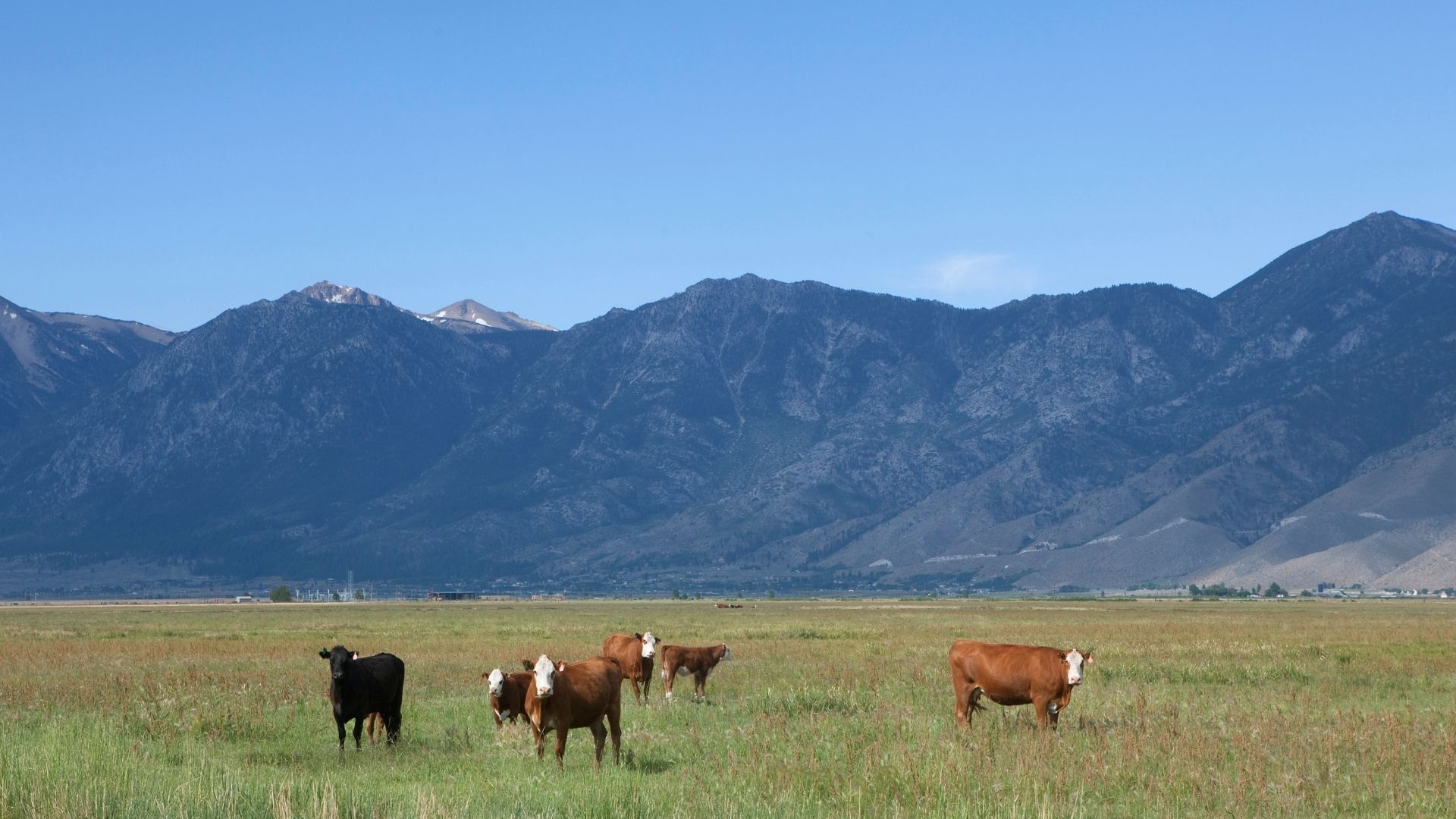(March 21, 2022) — The Bureau of Land Management (BLM) is failing to address the growing adverse impacts of livestock grazing on Western public lands according to new data released by Public Employees for Environmental Responsibility (PEER), a leading environmental watchdog organization.
The data, which was released in the form of a comprehensive digital map, demonstrates that more than 54 million of BLM acres assessed fail land health standards due to livestock grazing. The findings are relevant as the BLM pits livestock against wild horses, often favoring the former and scapegoating the latter, subjecting them to inhumane roundups every year.
The nation’s leading wild horse protection organization, the American Wild Horse Campaign (AWHC), welcomed the release of PEER’s data, stating that it hopes that the BLM will stop ignoring its own scientific findings on the adverse impacts of public lands livestock grazing and stop scapegoating wild horses – the very animal it is charged to protect.
"The BLM’s bias against wild horses and its continued failure to address the threat of livestock to western public lands is harming wildlife and the environment,” said Suzanne Roy, executive director of AWHC. “Instead of its continued reliance on costly, and brutal helicopter roundups and removals of wild horses, the agency must prioritize humane on-the-range management using proven fertility control and reduce livestock in wild horse habitat to protect public lands,” Roy concluded.
In September, PEER sent a letter to U.S. Interior Secretary Deb Haaland, blasting the department for ignoring “[v]ast amounts of data concerning the ecological impacts of grazing” and unsustainable livestock practices.” PEER called the Interior Department’s focus on wild horse removals when these animals are outnumbered by livestock 30-1 “the antithesis of sound science.” PEER’s 2021 findings have previously found that of the almost 22 million acres of wild horse and burro Herd Management Areas area within allotments that BLM has assessed, only a tiny fraction–just 1% or 311,000 acres–has been identified as failing standards due to wild horses.
PEER joins a growing chorus of environmental organizations that are speaking out about the federal government’s scapegoating of wild horses and burros in favor of livestock. Last fall, the Sierra Club sent a letter to Haaland calling for the elimination of livestock within federally-designated wild horse habitat, stating that the forage allocations were, “severely biased against horse populations and other wildlife on horse-occupied Bureau of Land Management [lands].”


